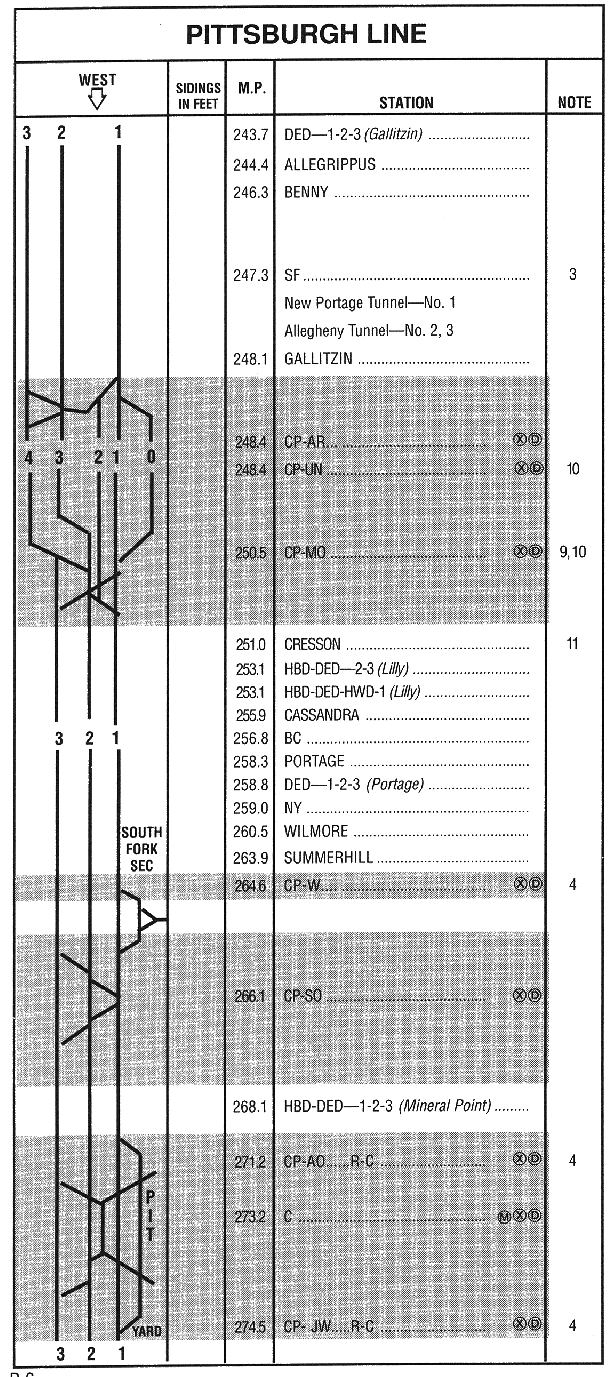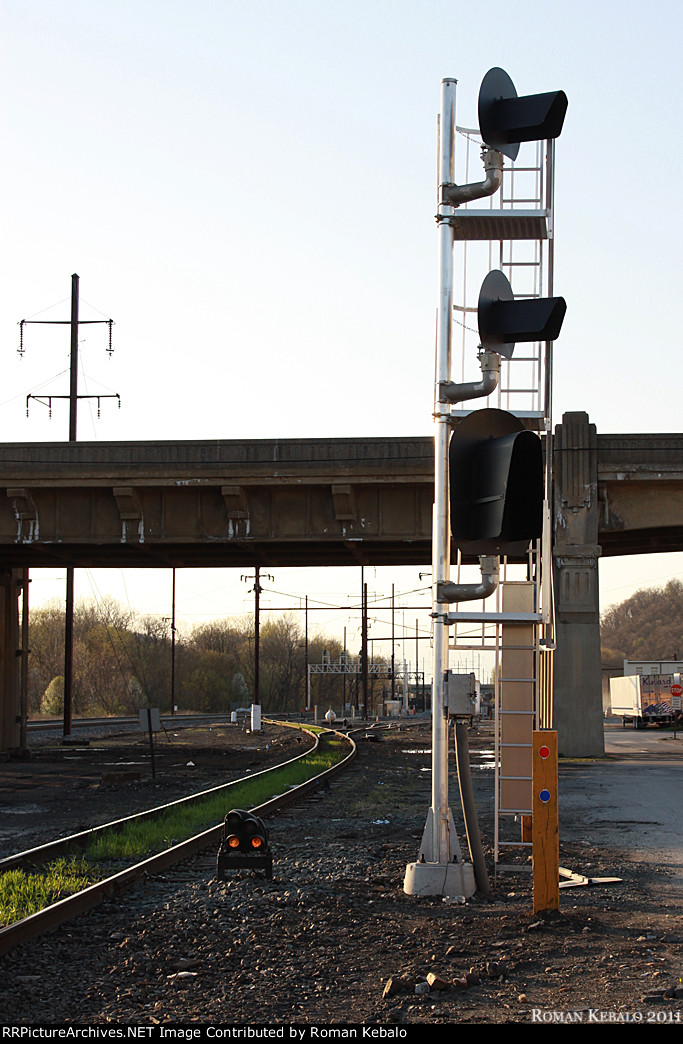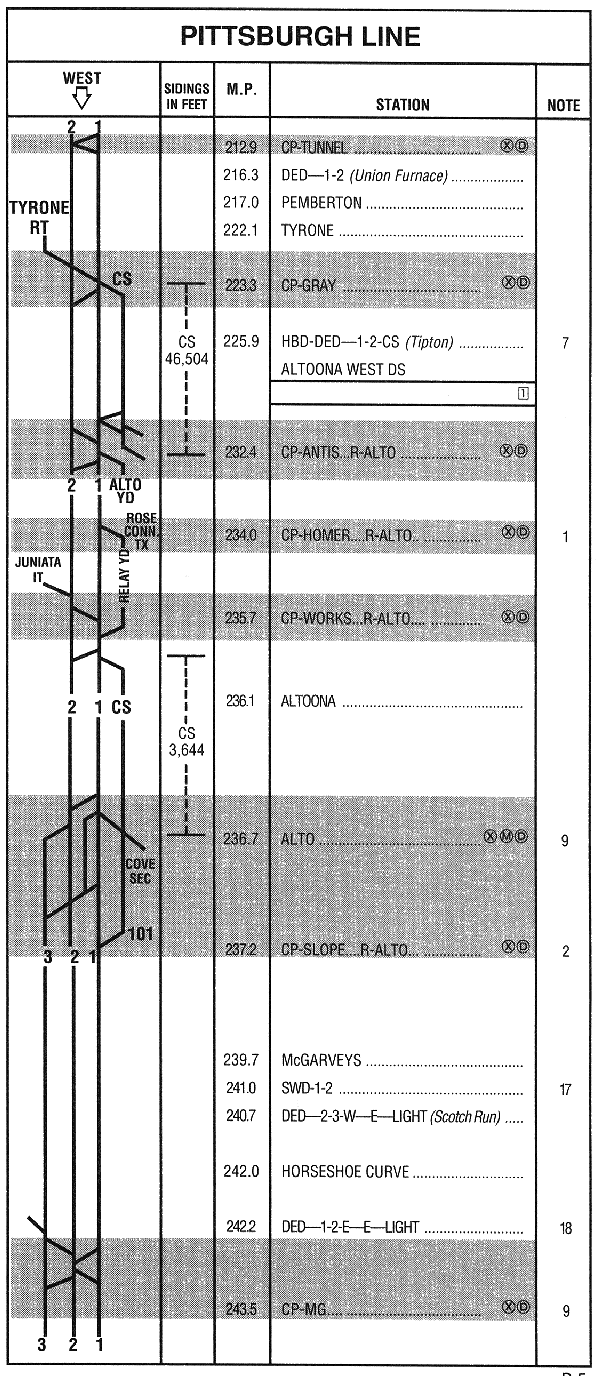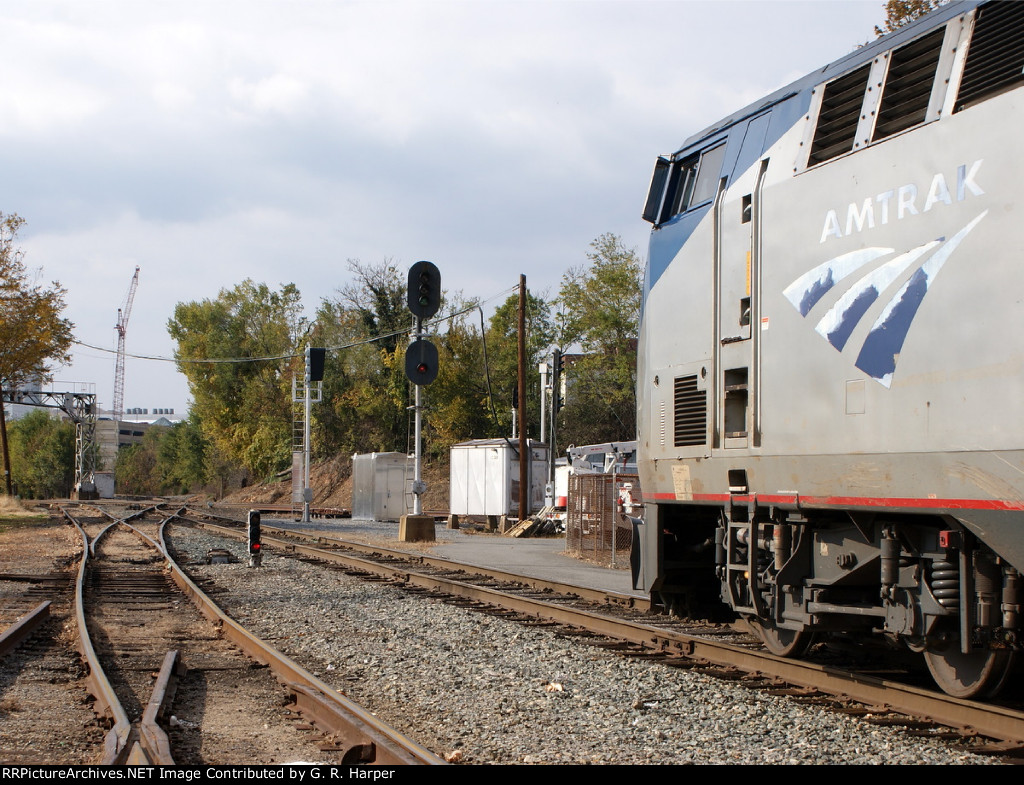Last May Metra closed the last interlocking tower on its
Electric Division running south out of Chicago. This was the former Illinois Central suburban routes electrified at 1500 vDC in the 1920's. Like many other high density suburban routes the Metra Electric continued to rely on on manned towers well into the CTC to deal with the traffic volume and complexity of operations. However over the last few years Metra has invested in closing the 3 towers on the line, Randolph Street (terminal office with some sort of relay machine), 67th St and Kensington.
Now I had always assumed that
Kensington Tower would be the last to go because it was arguably more complex and also involved a crossing at grade of the CNIC freight main line by the
South Shore Line, which diverged from the Metra Electric line there. Because of the three separate entities involved I figured a fight over funding and service quality would keep Kensington open. I was also under the impression that 67th St was some sort of more modern type relay based machine and
Kensington was an ancient GRS pistol grip frame as that was how each was listed on the large
Jon Roma list of towers. Turns out I had it completely backwards. Kensington had been converted to a relay plant controlled by a GRS TrafficMaster CTC console (
and was originally a US&S plant), while 67th St had the GRS machine. Also I thought 67th St was some small office buried somewhere around the junction, while in reality it was a full on tower hiding in plain sight next to the tracks. I just never noticed it.
Anyway, I spotted
this Blog piece on the closing of the last of the Metra Electric div towers and along with a good history of the tower (which you should read) there was a very tantalizing interior photo of the GRS Model 5 machine inside. I managed to track down the man who took the photos who was nice enough to send me his whole set on CD with permission to post them online and use them in my photo essays. The photos have been unmodified (apart from renaming) and left at their original resolutions to preserve the details inside the tower so you might want to click "View Image" to get the full amount of detail. The entire set may be viewed
here.
Jumping right in, here is the best photo of 67th St that was provided showing a Metra Highliner EMU making a station stop in fairly typical Chicago weather. The tower is a large rectangular monolith with no typical "tower" accouterments, which is why I probably mistook it for a substation. What gives it away however is the massive arm bundles of signaling wires running out from the tower onto a local concrete pole line. 67th Street
is located at the junction of the IC Main Line and the electrified South Chicago Branch which runs to
a station only a short distance from the
Quad Draws at CP-509.
I should probably provide a little reference at this point. Here is
a line guide to the Metra Electric division. There is an updated track
chart at the bottom showing current CTC (red) and ABS (green)
territories. both 67th St (MP 14) and Kensington (MP 19) interlockings
used to be blue, indicating tower control. Express tracks are on the
outside, local tracks on the inside serving island platforms. The
tracks between 67th St and Kensington was upgraded to bi-directional
operation some time ago, but between 67th St and Chicago it remains ABS.
Moreover, between Roosevelt Rd and the Randolph St terminal, trains
work on sight within unsignaled yard limits with hand operated points.
https://www.chicagorailfan.com/mmelec.html
Back
to the tower we head to the top floor where we find a surprisingly
large 176-lever GRA Model 5 pistol grip style interlocking machine.
While only a small fraction of the levers were in use at the time of its
closure, back in the day the tower would have also had control of the 4
parallel freight tracks. Here we have the left side of the machine
starting at lever 1.
And continuing to lever 176 on the right.
As per standard practice red levers are signals, black the switches.
Here is some detail of the 8x levers. Pulled out from the machine
displays a signal or reverses a switch. The small button on the pistol
grip is not interlocked, but instead is covered by any blocking device.
The red buttons are for displaying a call-on signal.
View along the levers showing the glass top of the machine and a scented
candle. One wonders how often that glass top needed to be repaired in
the 80 years the tower operated.
Here is a view of the machine straight on. From top to bottom we have
the illuminated track diagram, then the row of signal rundown timers
(supplied by US&S) with an emergency switch release box. then a
glass fronted case switch and signal fuses and finally the levers. Is
it just me or are the stickers on the fuse case sending some mixed
messages?
Here is the right side of the track diagram showing off the north end of the interlocking. This consisted of a
4-track double slip scissors crossover
employing levers 132 to 176. As the route north of here is ABS the
tower only has full occupancy lights on the southbound tracks. Below
the diagram is a display showing which levers are currently locked out,
next to some truly ancient portable radios.
The left side of the track diagram shows off the south end of the interlocking which consists of a
duckunder junction
for trains proceeding down the South Chicago branch. Main line local
train must make a diverging movement at the split. Past the South
Chicago split we see a
double slip trailing ladder
allowing express to local crossover. Also note the traffic flow
indications for the bi-directional territory south of 67th St.

























